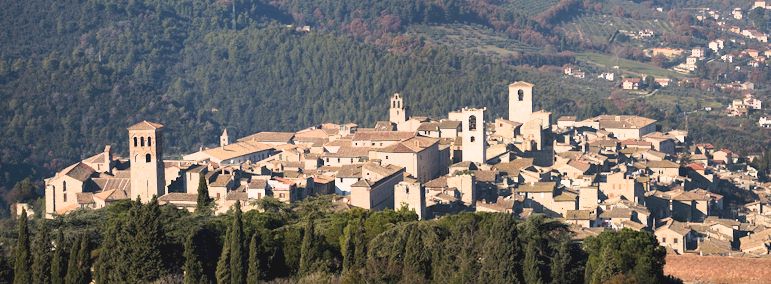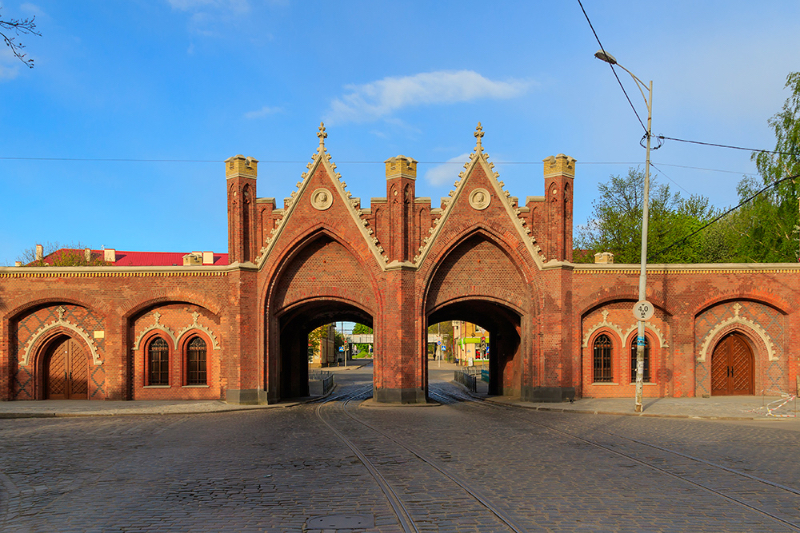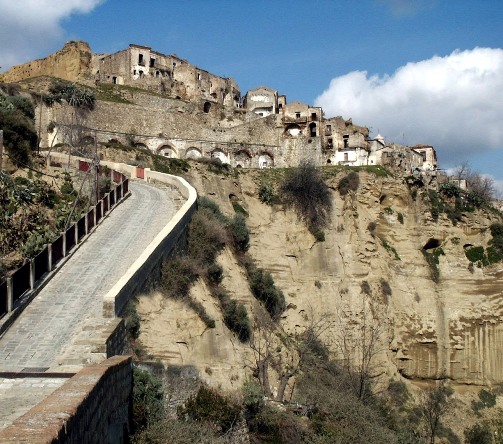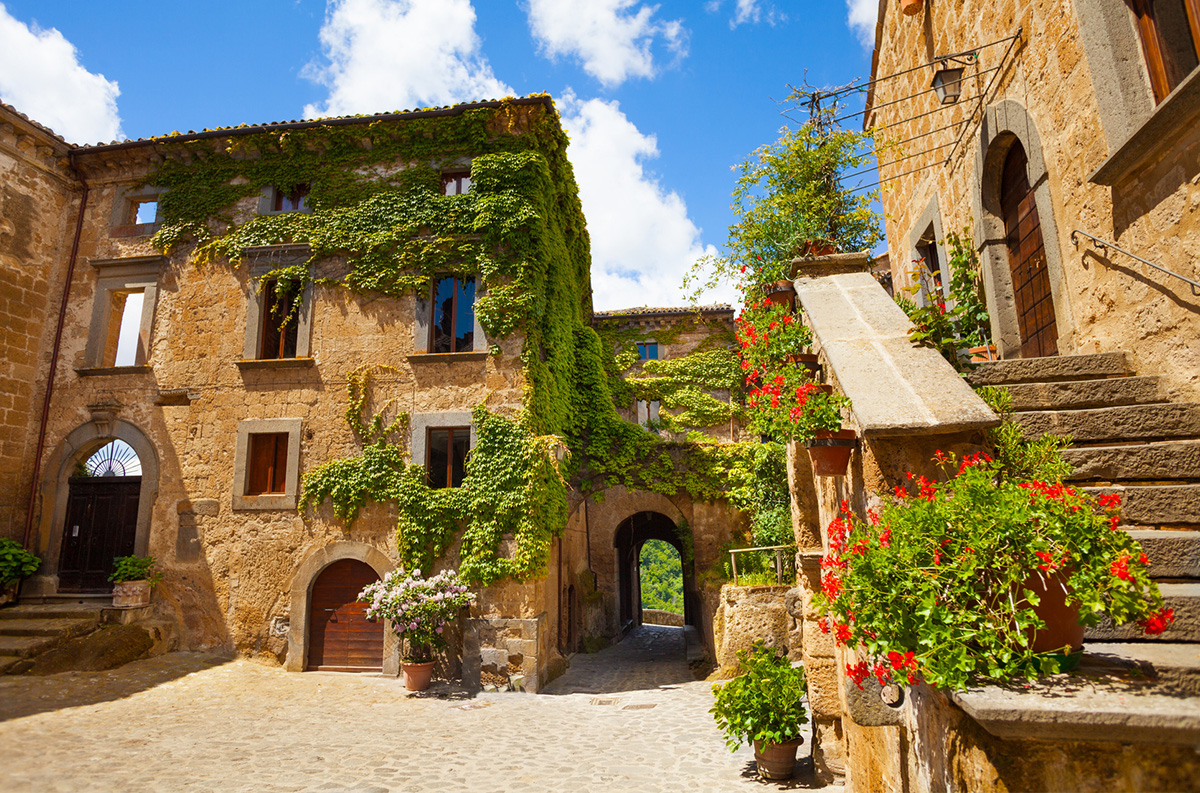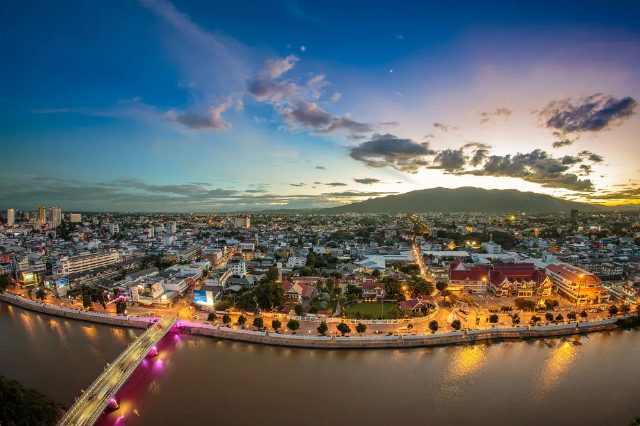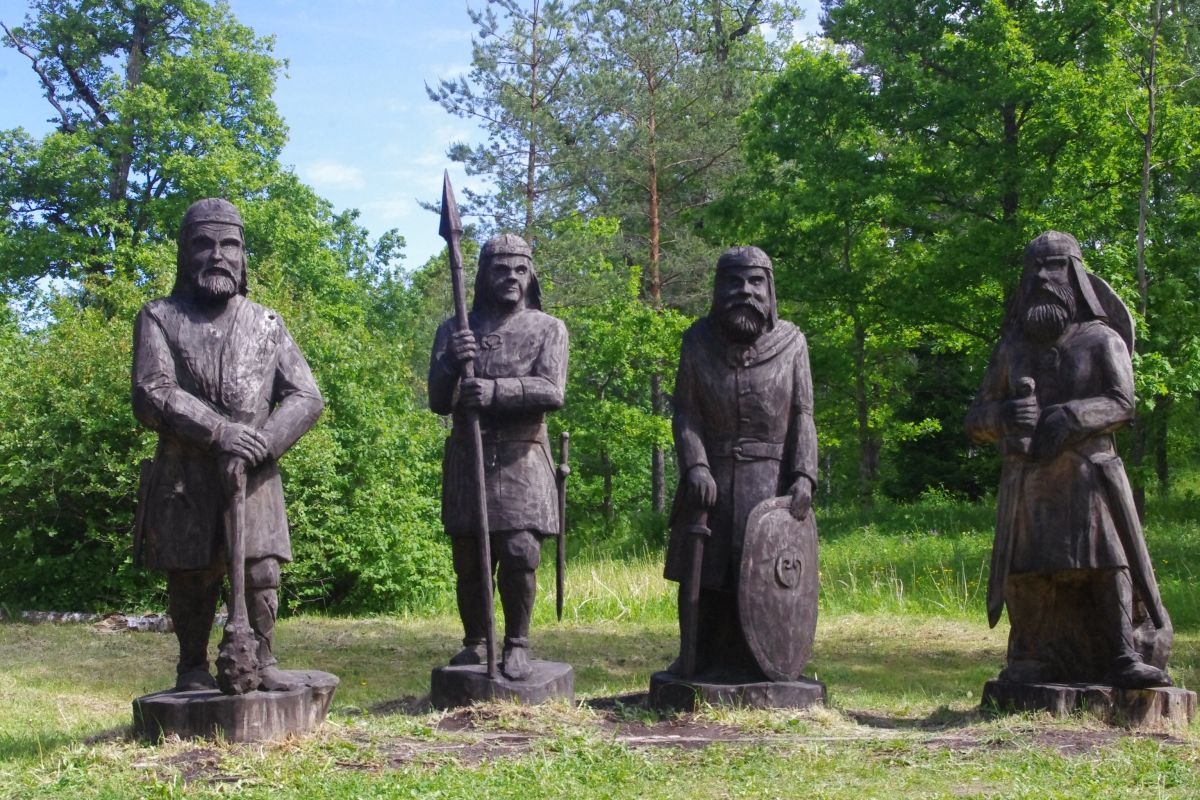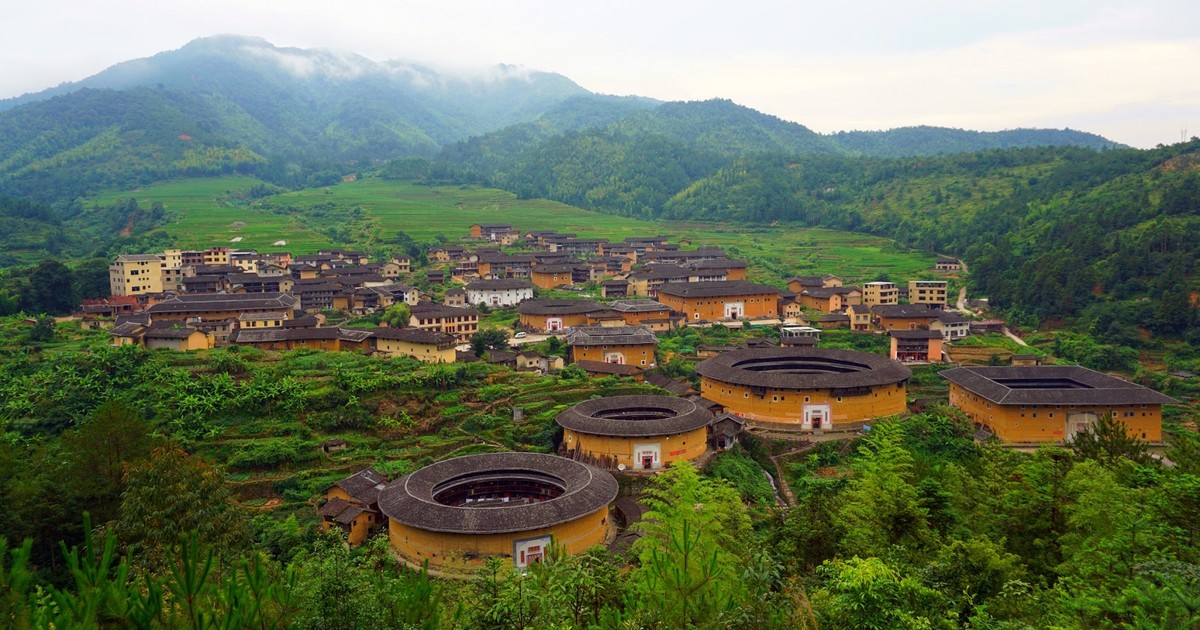The earliest historical records of Narni, then "Nequinum," date back to 600 B.C., but the area was inhabited since Neolithic times. In 299 B.C. it was a Roman colony with the name Narnia, and in 233 B.C. it became an important fortification for the construction of the Via Flaminia.
In 90 B.C. it became a Munucipio. It was exposed to barbarian invasions because of its dominant position, and became a free commune in the 11th century: between the 12th and 14th centuries it reached its peak. During the Renaissance it was frequented by artists of the highest caliber such as Rossellino, Ghirlandaio, Vecchietta, Antoniazzo Romano and Spagna. In 1527 it was taken by treachery by the Lanzichenecchi, who set it on fire. Artists such as Zuccari, Vignola, Sangallo and Scalza participated in the reconstruction, and in 1664 the municipal library was founded. Famous people born in Narni include the Roman emperor Cocceio Nerva, Gattamelata, Blessed Lucia, Berardo Eroli, Galeotto Marzio and Cassio da Narni.
There are numerous valuable monuments in the city. Among the main ones are the Romanesque cathedral, in which there are works by Rossellino and other famous artists, the church of St. Francis, built in the 13th century, with notable frescoes of the local school, Palazzo dei Priori, built in 1275 probably by Gattapone da Gubbio and placed in the medieval square of the same name. In this square is also the Palazzo Comunale, built in 1273 with the union of three towers, in which can be admired: the Coronation of the Virgin, made in 1486 by Ghirlandaio, the Stigmatized St. Francis by Spagna, the Annunciation by Benozzo Gozzoli and an Egyptian Mummy from the 4th century BC.
n the end of the square is a fountain from 1303. Other certainly noteworthy monuments in the city’s historic center include: Palazzo Scotti, frescoed by Zuccari in 1581; the Gardens of St. Bernard, from which one can admire the beautiful valley of the Nera River, and from which one can also access the Undergrounds of St. Dominic, the ancient Church of St. Dominic, now home to the library and state archives; the Church of St. Restituta with the adjoining convent complex; St. Augustine, 14th cent, rich in works of art, and the Church of St. Margaret, with an interesting cycle of frescoes attributed to Pomarancio. Just outside the city are the mighty Rocca Albornoz built around 1370 by Ugolino di Montematre on commission from Card. Egidio Albornoz and recently restored, and the Augustus Bridge, built in 27 B.C. to a length of 160 meters, the remaining arch of which is 30 meters high. Slightly more distant from Narni undoubtedly deserve an avisita the Speco di S. Francesco (18 km), with interesssanti frescoes of the sec. XIV and XV, the Abbey of San Cassiano, just dirimpetto the city, the Abbey of S. Angelo in Massa, and the protoromanica Church of Santa Pudenziana (6 km).
